The UK Government has formally launched its long-term Clyde 2070 redevelopment programme, with an initial £250 million investment to upgrade His Majesty’s Naval Base Clyde in Faslane.
Scottish Secretary Ian Murray and Minister for Defence Procurement and Industry Maria Eagle visited the base on Wednesday to outline the first stage of what is set to become a multi-decade, multi-billion pound programme aimed at modernising the home of the UK’s nuclear deterrent and Royal Navy Submarine Service.
The announcement marks the official start of a Spending Review defence dividend for Scotland, funding infrastructure upgrades over the next three years and supporting skilled jobs in the West of Scotland. HMNB Clyde is Scotland’s largest military establishment and second biggest employment site, hosting over 6,500 military and civilian personnel.
Mr Murray said the investment reaffirmed the Government’s commitment to both national defence and regional economic growth.
“This defence dividend for Scotland will help ensure Britain’s security, deter our adversaries and drive economic growth in the area for years to come as part of our Plan for Change. With Faslane home to the nation’s first and final line of defence – the UK’s nuclear deterrent, it’s only right that Clyde 2070 represents one of the most significant UK Government investments over the coming decades. It will ensure the Royal Navy can deliver the Continuous At Sea Deterrent from a modern, efficient base which will result in a better environment for our hero submariners to live, work and train in.
Crucially it will also create skilled jobs – including for small and medium size firms – boost the economy and help tackle the critical skills gaps facing the country in sectors such as nuclear, construction, maritime and project management, by bringing together government, Scottish communities, industry, supply chains and academia to address the challenges.”
He added that the investment would help address national skills shortages by creating new opportunities across sectors such as nuclear, construction, maritime and project management.
“The Defence Nuclear Enterprise already supports a supply chain of over 3,000 businesses across the UK, benefiting regions like the West of Scotland, and I urge the Scottish Government to work with us on maximising these clear benefits.”
The £250 million commitment will focus on enabling activity, master planning, and the development of major programme approvals, including preparations for the arrival of the next-generation Dreadnought-class and SSN-AUKUS submarines. The base’s infrastructure and working environment will be overhauled to meet the requirements of these future platforms.
Minister Maria Eagle stressed the strategic importance of the project:
“Our nuclear deterrent is the bedrock of the UK’s defence and the cornerstone of our commitment to NATO and global security and Scotland plays a crucial role in that. We are today re-affirming that unshakeable commitment by launching this multi-billion-pound investment to His Majesty’s Naval Base Clyde, which is vital to our deterrence capability.
“The initial £250 million of funding over 3 years will support jobs, skills and growth across the West of Scotland. This Government will keep the UK safe for generations to come while delivering on the Plan for Change and making defence an engine for growth.”
The ministers also met with senior Royal Navy leaders, local MPs, and council officials from Argyll and Bute, Inverclyde and West Dunbartonshire to discuss coordination across government and local authorities. Council representatives highlighted the need to align the development with regional infrastructure and workforce planning.
Jim Lynch, Leader of Argyll and Bute Council, said: “Close coordination with local councils and particularly Argyll and Bute is vital to maximise the potential economic benefits and to manage local infrastructure and skills issues as HMNB Clyde develops. I welcome the opportunity to discuss these issues with the Secretary of State for Scotland and the Minister for Defence Procurement and Industry.”
Work is already under way at Faslane.


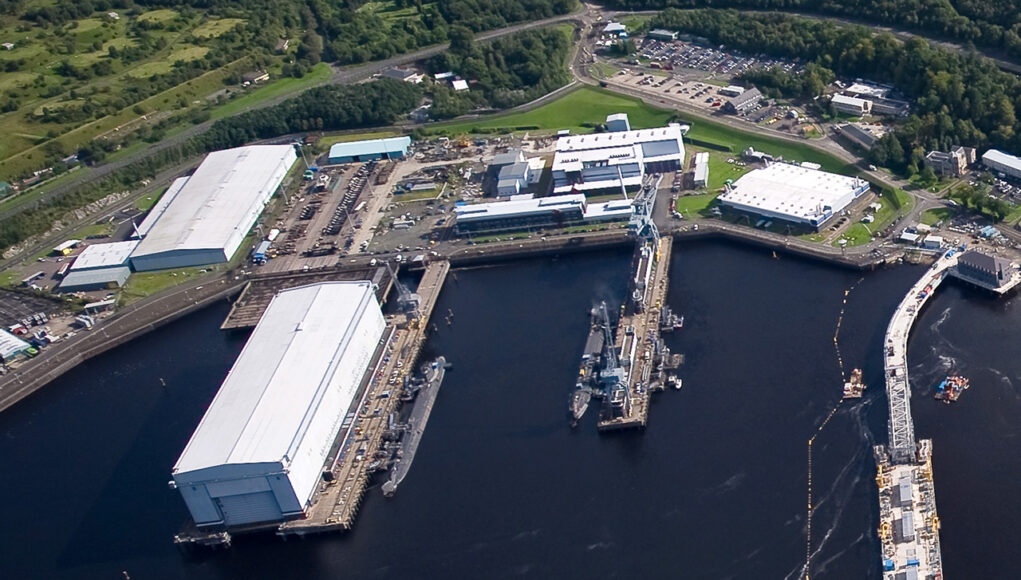
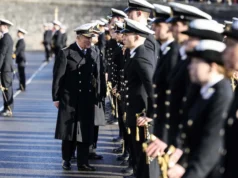
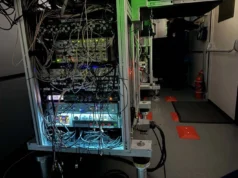
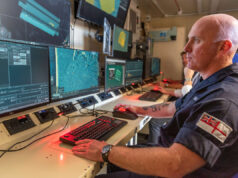
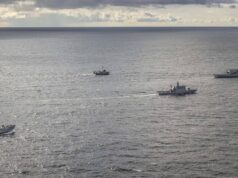
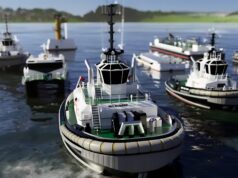
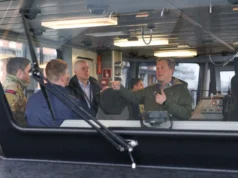
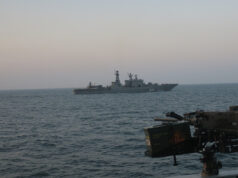
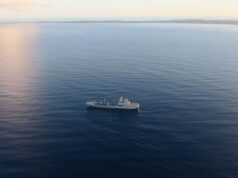
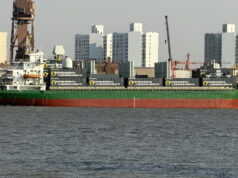
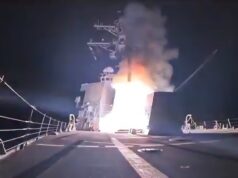

Good news and more to come.
I don’t think we know if this is good news. The problem with a rebranding and rebaselining announcement (if that’s what this is) is it’s hard to tell what it contains, whether more money is being spent or less and whether deadlines have been shifted or not. This could be new money for a new project or a reduction in money going to old projects. No easy way to tell.
It would be nice if some journalists dug a little to figure out the overlap with existing Clyde Infrastructure Programme that we got a short update on in UKJD in May.
I agree. The announcement is long on flannel, but short on detail.
Hmmm… perhaps some reference to GBAD? HMNB Clyde is undoubtedly on the CRINKs’ UK Top Ten Priority list. 🤔
Clyde 2070!!
It was bad enough with Army 2020, then Army2020R, then future force 2035, then 12 SSN sometime in the future when no one current will be around to pay.
All part of HMGs current in vogue saying “plan for change.”
What does all this involve? I thought it was announced years ago that the base would be upgraded to accept Astute as the force left Devonport. And surely this is not project Euston?
The costs run into the billions.
Jaw dropping levels of Nothing Burger – the amounts of money being announced are not even credible.
Mind you civils costs in the UK are through the roof.
It’s this government’s spend over the next three years. Of course it will need billions in total. The Clyde Infrastructure Programme, starting back in 2014, has multiple projects, and whether this is a new one or not (or even new money or not) would never stop a government from offcially announcing it with as much fanfare and folderol as it can manage.
Let them milk it if they want, just so long as they spend.
It’s not Euston, that will cost more than £250 million even if you down the Foreign OTS route (Turkey or S Korea) ! It’s all gone quiet on that project but if we do increase the numbers of SSNs then in due course, extra docking will be required that’s non negotiable as digging holes in Scottish Granite is horrendously expensive.
But to be fair with the work done on the Faslane Lift and by Babcock down at Guz we are heading towards being OK at present numbers.
So in a way (and I hate to do this) I understand why they are deferring a decision on extra docking capacity as there are just too many variables which need resolving before actually stumping up our scarce cash.
God that hurt 😖
The DIP in Autumn has to contain a future structured force level of ships and boats, without that no one can justify spending money on spec ! Industry will need to see a revised NSBS and firm TOBS so they can invest in building facilities, staff etc.
AUKUS is the great unknown factor, the US is reviewing it, the Australian Politicians are just plain flakey and depending on that we will knows if our entire pile of cards is going crash downwards or not.
More directly if does AUKUS goe ahead and RN /USN have to forward deploy boats to Australia will they need a floating dock or not out there and who’s paying for it.
Once the above are answered then it’s a matter of assessing the overall needs and when they will be required.
But at present buying 2 Floating Dry docks is just not a good use of scarce money if they aren’t actually required till the late 30’s.
.
That just seemed weird, defending MOD inactivity due to sensible reasons. 😱
Thanks mate!
Hi Mate, I understand the confusion regarding Clyde 2070, but it’s because unlike the Army projects such as Army 2020(R) and Future Force 2035 this the end date rather than the 🤞🏻start date. This isn’t the start of the process, that started years ago at Faslane and Guz so far they have spent 100’s of millions upgrading / replacing all sorts of the infrastructure and accommodation.
It’s designed to ensure that the infrastructure is fit for purpose from 2030 through till 2070 (OOS for Dreadnought) in other words the RN has learnt from the past and is planning the support functions ahead of future orders whilst they have CAPEX available.
In MOD thinking it’s rather unusual.
.
It’s like the Old Peter Kay saying but slightly adapted from Garlic Bread “Forward Planing, Forward Planning it’s the Future”.
TTFN 😉
Well that actually sounds sensible? For once.
Blow me down with a feather.
Also if you create a physical facility early you pay for a good part of its life doing nothing.
Bit like financing an EDF power station…..20 years of money tied up for 0kW output or electricity to sell to anyone….which is why SMRs make more sense than a simple cost/kW analysis shows as the length of time money tied up doing nothing is far less.
It’s enough to make a poor girl cry.
Everything hangs on the autumn budget/statement. If money is identified for specific military projects to get us to 3.5%/5%, then we’re getting somewhere. If it’s fudged (my bet) then it’s flush the toilet time – Putin will have won.
Great news, it shows we are planning for the future, whatever it may bring.
Having “up to 12 SSN’s” will create issues somewhere down the line without this work.
Now then, what about the 20 or so boats still awaiting decomissioning ?
The SDP is progressing, Rosyth and Plymouth have had a fortune spent on the facilities and the former HMS Swiftsure is well under way at Rosyth.
Hole that answers your question 🤛
I’m OK with your answer but the age of these boats is enormous and the time it has already taken, Glacial. One “well underway” after so long is nothing to be proud about. We’ll soon see a V boat joining the R boats in that long queue.
I can’t disagree with you but x number of Governments just kicked the issue down the road for the next one to deal with, so at least it is now happening and will double its capacity when Guz starts.
The big remaining Can being kicked down the road is the safe disposal / storage of the waste.
Yes, I totally agree and it’s this can kicking that sort of deflects the true cost of a Nuclear fleet.
It might be easier to just dump them at Murmansk, at night, when nobody is looking.
Dasvidaniya.